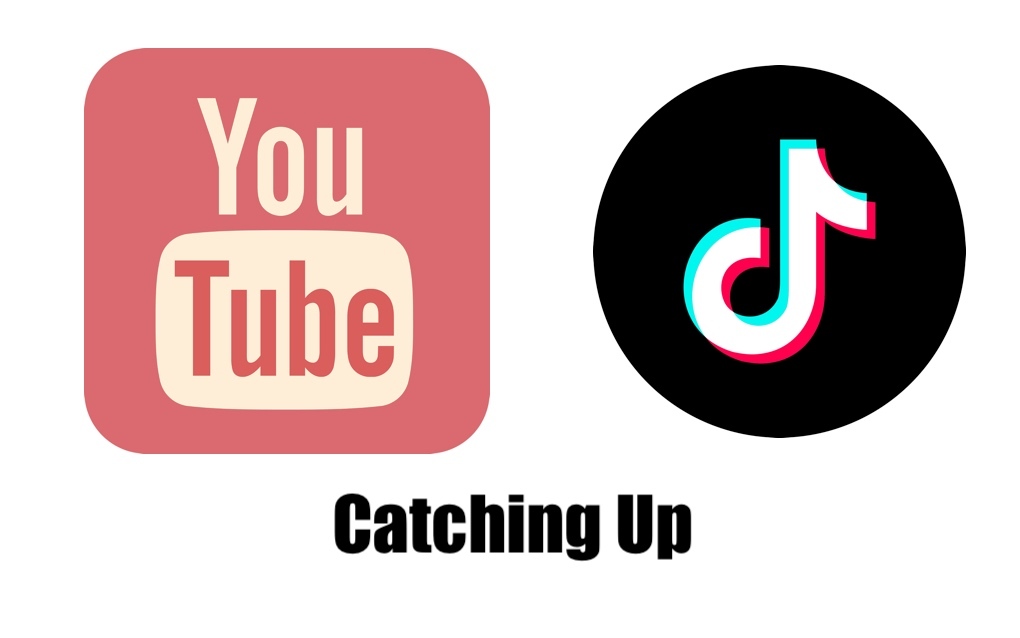Don’t Look Now But TikTok Is Catching Up To YouTube In Many Ways

When it comes to streaming video, YouTube has always been the king of the hill. With more than 2 billion users logging in every month, it’s number 1 for music consumption for multiple generations. While TikTok used to be the up and comer, it’s now catching up to YouTube in ways that surprise even veterans of the business. And the battle is just getting going.
For one thing, TikTok is now getting into YouTube video territory in terms of video length, recently raising the max time from 60 seconds to 3 minutes. That’s still a little shy of the amount of time needed for most full music videos, but not by much. Besides, TikTok music creators and viewers only care about the song’s hook anyway, so the the previous 60 seconds (and the 30 seconds before that) were a perfectly adequate amount.
What Really Counts
But here’s what should be keeping YouTube execs up at night, and making artists reconsider where to spend their precious resources. A report by research firm App Annie found that Android phone users now spend more time viewing TikTok in the not just the United States, but in the U.K. as well. In the U.S. viewers spent 24.5 hours per month on the platform to 22 hours per month on TikTok. In the U.K. the disparity is even greater, with TikTok getting 26 hours to YouTube’s 16 hours.
Considering that TikTok only has around 732 million monthly users compared to YouTube’s 2 billion, you can see that the engagement is far greater there (even though only Android users were considered), and the platform continues to grow at an accelerated pace while YouTube’s growth has become somewhat stagnant. In fact, it’s predicted that TikTok’s growth will reach 1.2 billion by the end of 2021. Yes, it’s catching up to YouTube in the total number of users fast.
The bottom line is that while many artists and music execs initially discounted the importance of TikTok, the platform is already plenty formidable and still rising in popularity as it’s catching up to the king. Plus, its initiatives are increasingly artist friendly when it comes to platform promotion, while YouTube seems to be concentrating more on getting paid subscribers than anything else.
That said, the presence on both platforms are now almost a requirement for any artist trying to grow an audience, but that doesn’t just mean that the same video can be posted on each service. Users expect something different on TikTok, so you must customize a video for them in order to take advantage of everything the platform has to offer.

